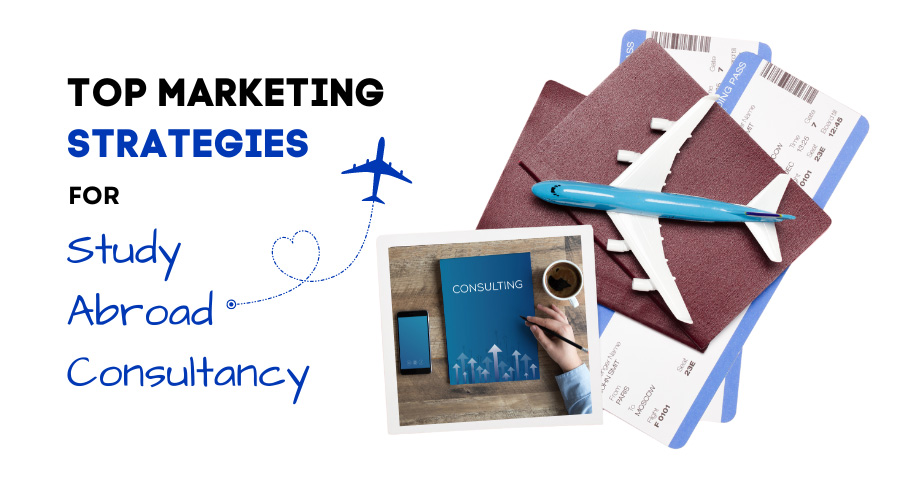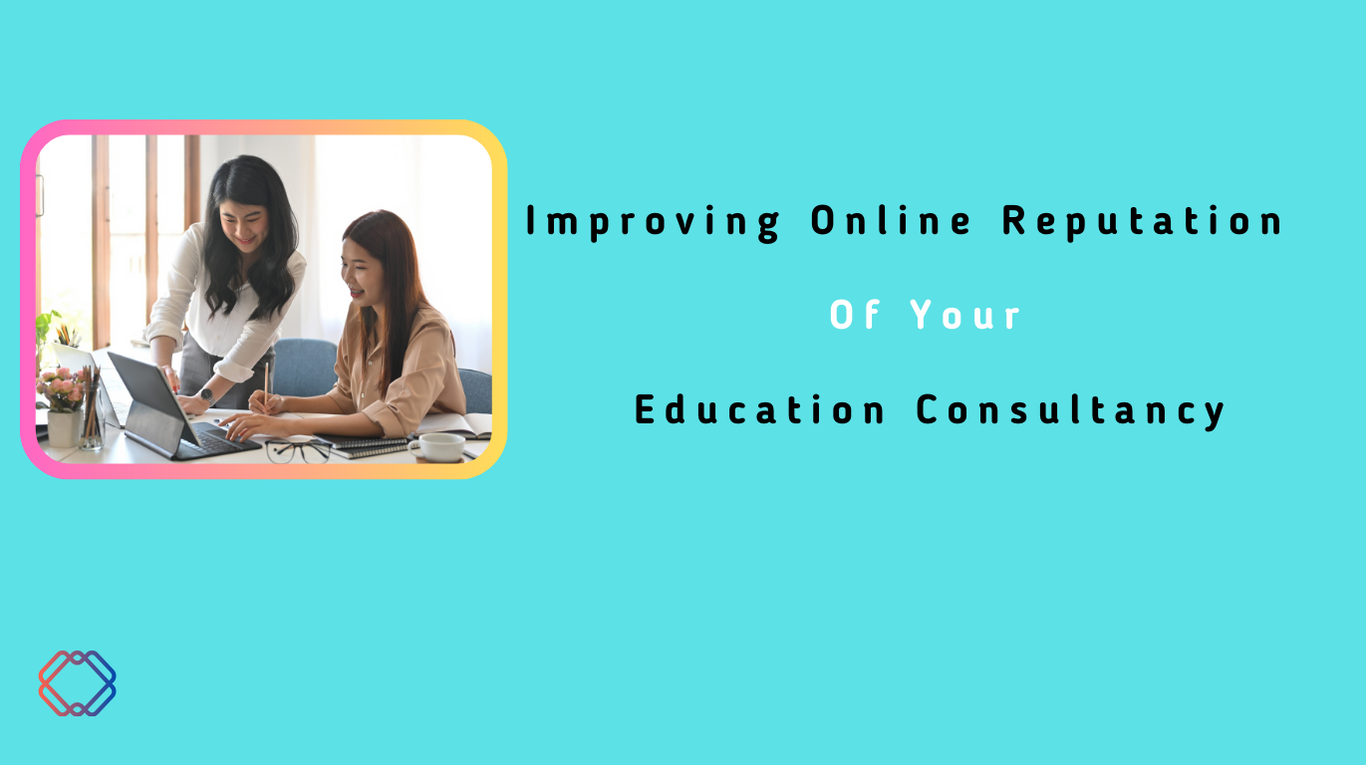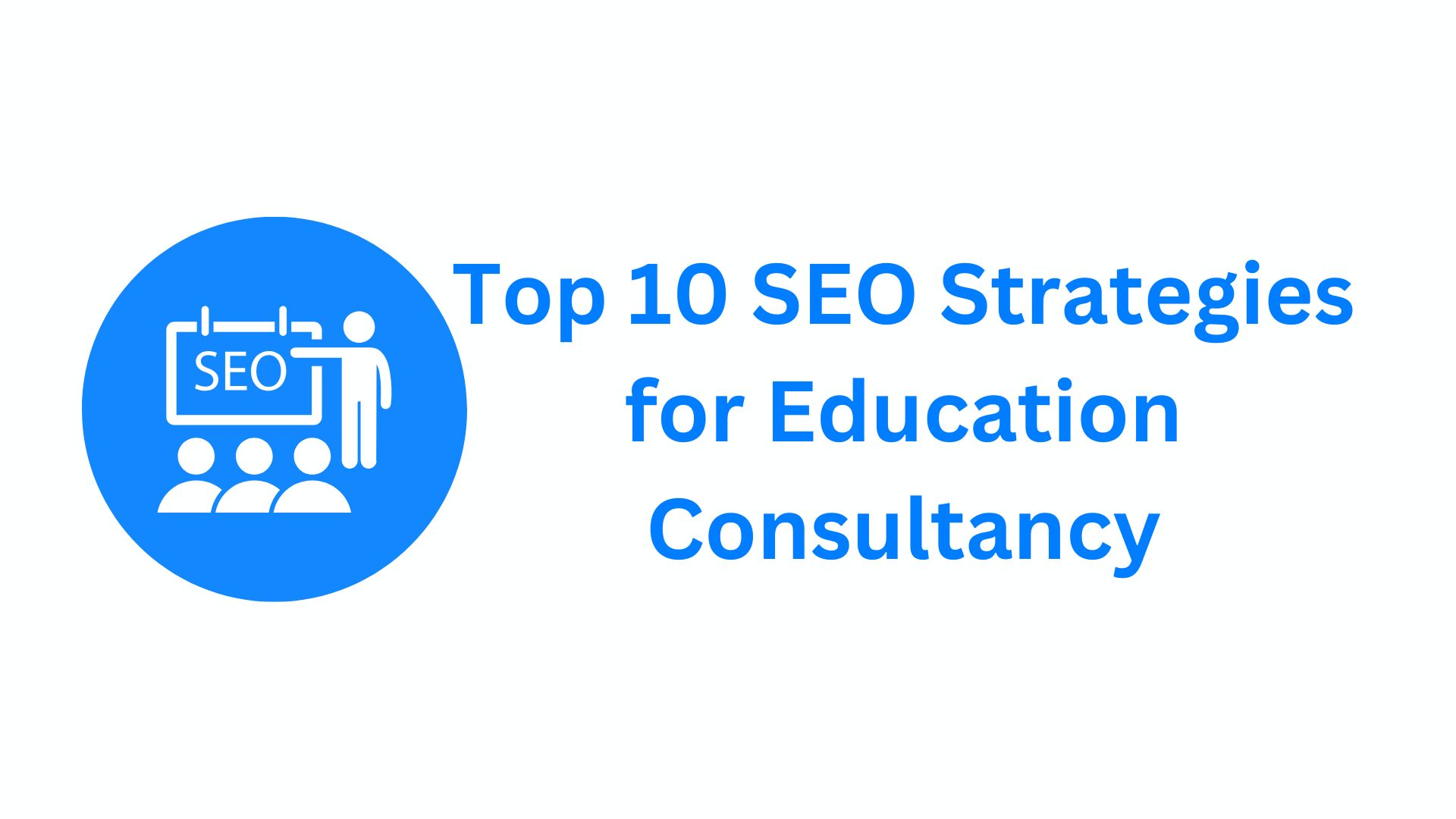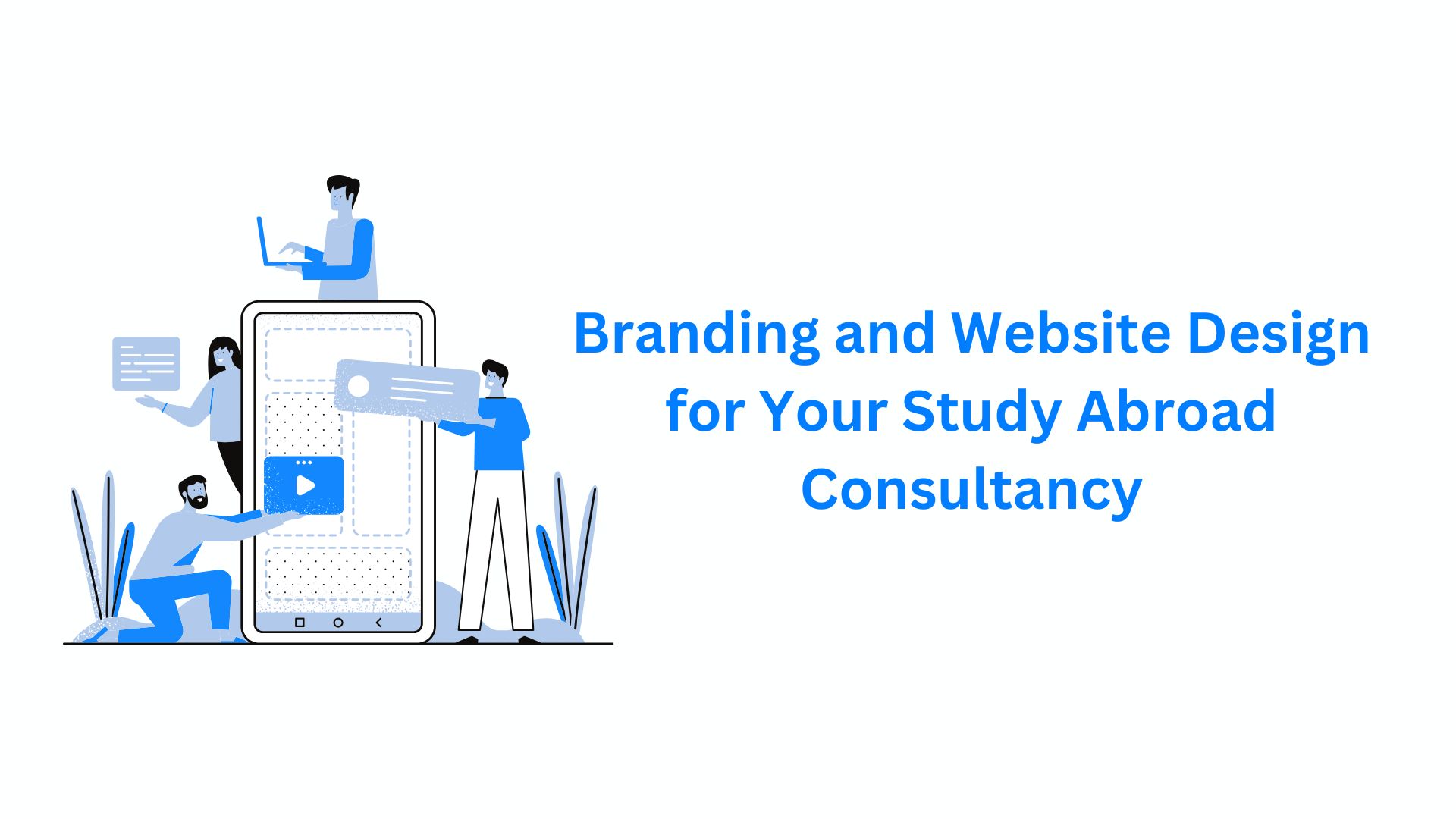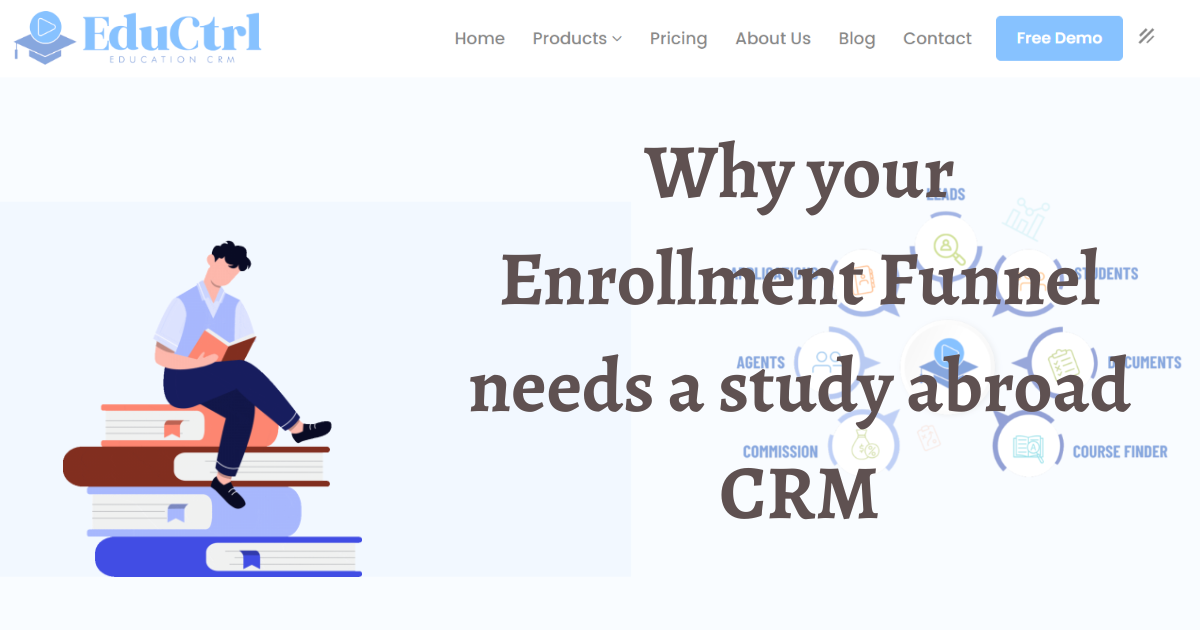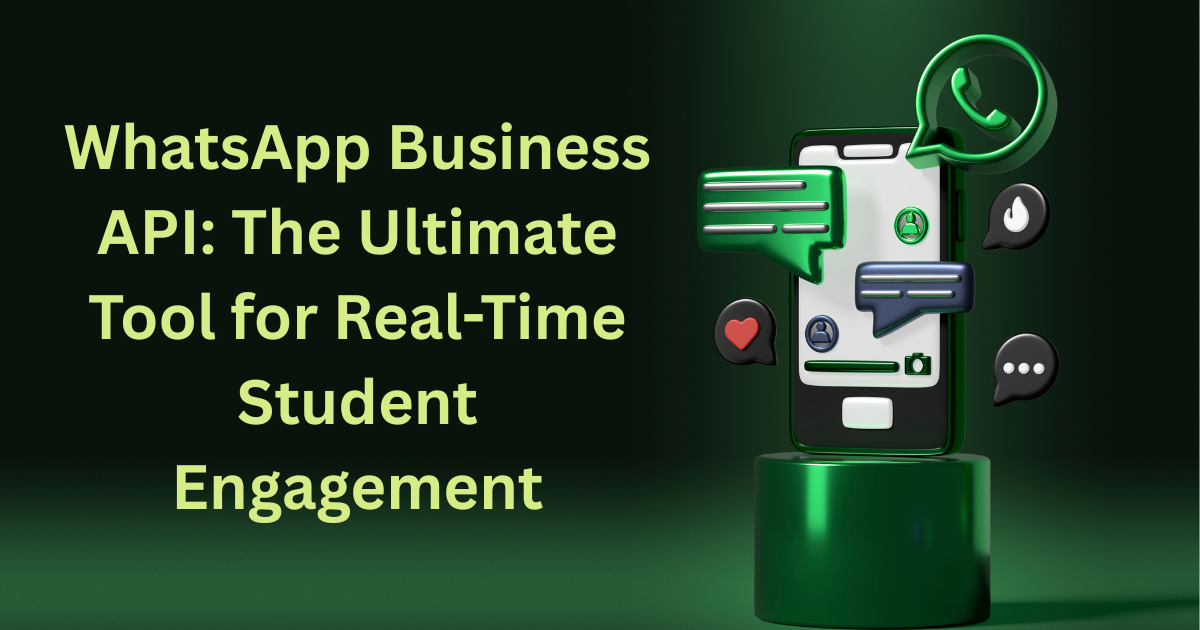Table of Contents
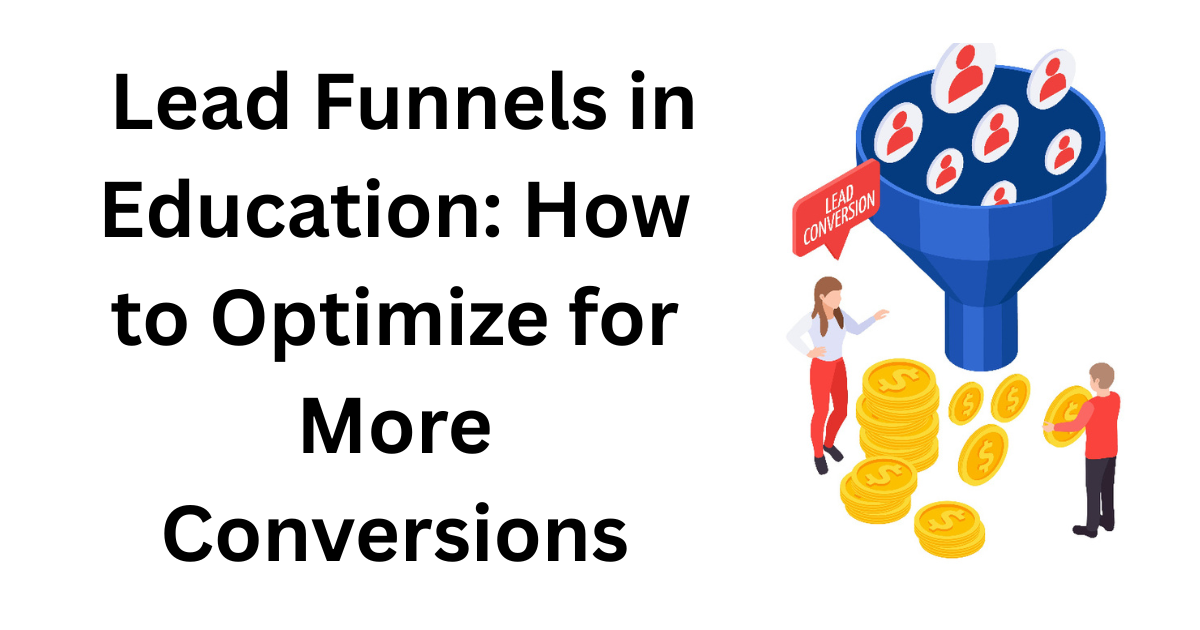
In the world of education marketing, generating student inquiries is only the beginning. The real challenge lies in converting those leads into actual enrollments. With students and parents weighing multiple options and requiring personalized guidance, the journey from interest to decision can be complex. That’s where lead funnels in education come into play
.A well-structured lead funnel helps institutions systematically guide potential students through each stage of their decision-making process—from awareness to enrollment—while improving efficiency and conversions. In this article, we’ll break down how educational businesses can build and optimize high-performing lead funnels that don’t just attract leads, but convert them.
What Are Lead Funnels in Education?
A lead funnel is the step-by-step process that guides potential students from their first interaction with your brand to enrollment in your program. It typically consists of the following stages:
- Awareness – The student becomes aware of your institution or program.
- Interest/Consideration – They research and evaluate options.
- Decision – They make contact or apply.
- Enrollment – They complete onboarding or registration.
Unique Aspects of Lead Funnels in Education
Unlike e-commerce or retail, lead funnels in education are longer and more emotionally driven. Students may take weeks or even months to decide, and their journey involves:
- Comparing multiple institutions
- Input from parents or guardians
- Academic and career goals
- High financial investment
Because of this, your funnel must be designed to educate, build trust, and follow up consistently.
Stage 1: Attracting the Right Leads (Awareness Stage)
The first step is to reach students actively searching for opportunities. Your goal is to make them aware of your services and create interest.
Strategies to Drive Awareness:
- SEO Content Marketing: Write blogs like “Top Colleges for Computer Science in Canada” or “Study Abroad Checklist for Indian Students.”
- Paid Ads: Use Google Search Ads and Facebook Lead Ads targeting keywords like “study in the UK” or “IELTS coaching near me.”
- Lead Magnets: Offer downloadable brochures, free eligibility checklists, or scholarship guides in exchange for contact information.
Landing Page Best Practices:
- Clear headline that matches ad intent
- Short form (name, email, phone number)
- Strong call-to-action (e.g., “Get Free Counseling”)
- Mobile responsiveness
- WhatsApp integration for instant lead capture
Stage 2: Capturing and Qualifying Leads
Once you have traffic, it’s time to convert that interest into leads and start filtering high-quality prospects.
How to Capture Leads:
- Web forms
- WhatsApp opt-ins
- Chatbots for 24/7 interaction
- Exit-intent popups
Lead Qualification Techniques:
- Use a quiz or form to collect key data: preferred course, location, academic background, budget, etc.
- Implement lead scoring in your CRM to prioritize follow-up based on intent signals
Tools to Use:
- EduCtrl CRM: Track and score leads, assign them to counselors, and manage follow-ups.
- Typeform or Google Forms: For collecting detailed student preferences.
- WhatsApp Business API: For instant lead confirmation and follow-up messaging.
Properly qualifying leads ensures your team focuses time and energy on those most likely to convert.
Stage 3: Nurturing Leads with Personalized Content
Not all leads are ready to enroll right away. Some need more information, trust-building, or reminders. This is where lead nurturing becomes essential in your funnel.
Email & WhatsApp Campaigns:
- Send weekly emails with student testimonials, course details, or success stories.
- Share WhatsApp updates like upcoming webinars, deadlines, or visa updates.
Segment Your Leads:
- Based on course preference, location, or readiness to enroll
- Tailor messages accordingly (e.g., “Still deciding on MBA programs? Check out this comparison guide.”)
Example Workflow:
- Lead downloads brochure → auto-email: “Thanks! Here’s what to expect next.”
- After 3 days: WhatsApp message → “Need help choosing the right country?”
- After 7 days: Email → “Meet our student advisor for a free call.”
This consistent, helpful communication keeps your institution top-of-mind and increases trust.
Stage 4: Converting Leads into Enrollments
At this point, the lead has shown interest. Now, your goal is to help them take action—whether it’s booking a counseling session, submitting documents, or applying.
Conversion Boosters:
- Urgency: “Only 5 seats left for Fall 2025 intake.”
- Exclusive Offers: Scholarships, waivers, or free visa support.
- Live Demos: Free counseling calls or college webinars.
- 1:1 Counseling: Personalized guidance with a dedicated advisor.
Use your CRM to trigger reminders, automate calls-to-action, and track follow-up status.
Follow-Up Tips:
- Always follow up within 24 hours of inquiry.
- Use a mix of call, email, and WhatsApp to improve contact rates.
- Assign counselors based on location or course interest.
Stage 5: Post-Conversion and Student Onboarding
Even after a lead converts, the funnel isn’t over. A smooth onboarding experience builds loyalty, earns referrals, and sets the stage for long-term success.
Post-Enrollment Actions:
- Send confirmation emails and WhatsApp messages.
- Share onboarding documents: checklists, timelines, login access to LMS.
- Assign an onboarding advisor or mentor.
Collect Feedback:
- Ask how they found the process.
- Use positive responses as testimonials or case studies.
This final step closes the loop and adds value to the next cycle of the funnel.
Tools & Platforms to Power Your Lead Funnel
A great funnel needs the right tools behind it. Here’s a tech stack that powers effective lead funnels in education:
1. EduCtrl CRM
- Centralizes leads, scores them, automates follow-ups
- Integrates with WhatsApp and email
- Tracks counselor performance
2. WhatsApp Business API
- Sends alerts, reminders, and documents in real time
- Ideal for mobile-first communication
- Integrated with CRM for automation
3. Google Analytics & Meta Pixel
- Tracks landing page conversions
- Optimizes ad performance
4. Email Marketing Tools
- Platforms like Mailchimp, Sendinblue, or ConvertKit help manage sequences
- Segment lists and personalize campaigns
Using this tech stack ensures your funnel runs smoothly, efficiently, and at scale.

Common Mistakes in Education Funnels (And How to Fix Them)
Even good funnels can fail due to a few common errors:
| Mistake | Fix |
|---|---|
| Not qualifying leads | Use quizzes and forms to filter leads early |
| Relying only on email | Add WhatsApp for faster engagement |
| Generic messages | Personalize based on course, location, and behavior |
| No automation | Use CRM to automate routine tasks |
| Poor follow-up | Set reminders and SLAs for your counselors |
Avoiding these pitfalls can drastically increase your funnel’s effectiveness.
Final Thoughts: Building a Conversion-Ready Funnel
To win in today’s competitive education space, having a website or running ads isn’t enough. You need a smart, automated lead funnel that captures, nurtures, and converts leads at scale.
By understanding the stages of lead funnels in education, using the right tools like EduCtrl CRM and WhatsApp API, and continuously optimizing your content and follow-ups, you’ll not only increase conversions—but also build lasting student relationships.


